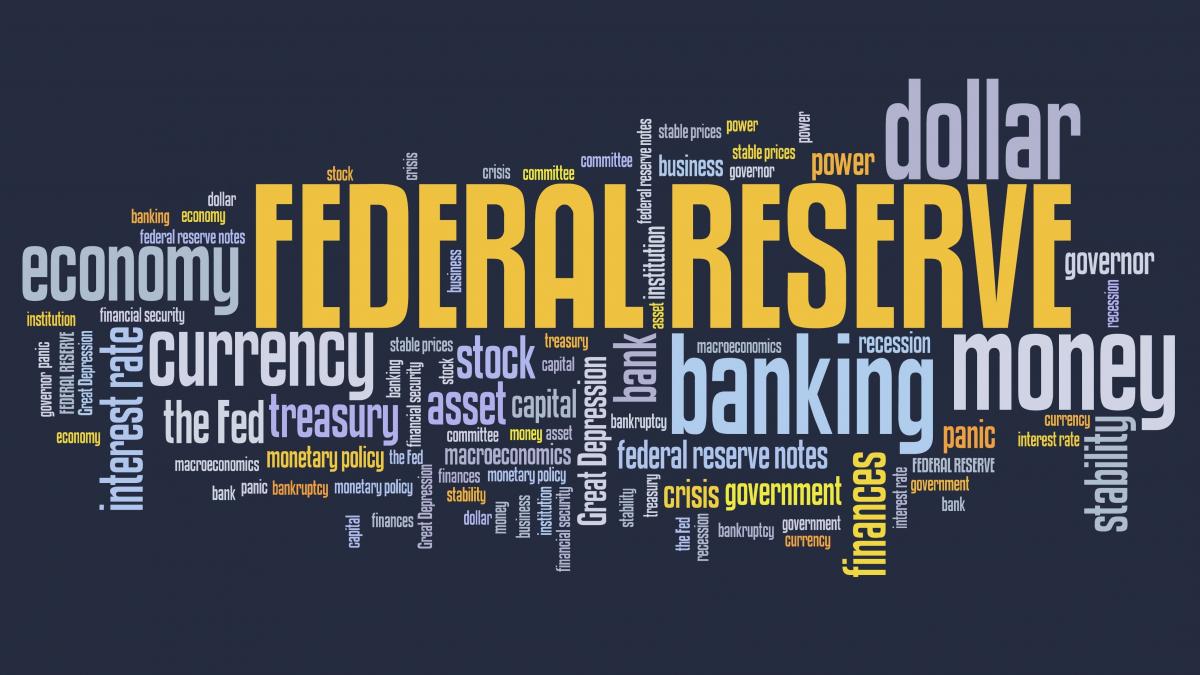Milton Friedman's " The role of monetary policy" - 50 years later
In March 1968, Milton Friedman’s “The Role of Monetary Policy” - after his famous presidential address to the American Economic Association - was publ

Gregory Mankiw and Ricardo Reis stress that expectations, the long run, the Phillips curve, and the potential and limits of monetary policy all continue to be actively researched. In the near future, the meagre economic growth since the 2008–2009 recession may lead to a reexamination of Friedman’s natural-rate hypothesis. At this point, the simplest explanation is that this stagnation is due to a slowdown in productivity unrelated to the business cycle. Alternatively, however, it might contradict Friedman’s classical view of the long run, either through hysteresis effects or through chronic shortage of aggregate demand. Future work might do well to re-embrace Friedman’s vision and turn to modelling expectations for a better understanding of the Phillips curve, aiming for a better benchmark model of that can replace both adaptive and rational expectations. Mankiw and Reis argue that the role of monetary policy is in flux today and has drifted quite far from the topics that Friedman emphasised in his presidential address. The road ahead will likely lead to progress in four areas: the interaction between fiscal and monetary policy, the role of bank reserves, near-zero interest rates, and financial stability.
Olivier Blanchard wonders whether we should reject the natural rate hypothesis. While the hypothesis was controversial at the time, it quickly became widely accepted, and has been the dominant paradigm in macroeconomics ever since. It is embodied in the thinking and the models used by central banks, and it is the basis of the inflation-targeting framework used by most central banks today. Recently, grumblings about the extent to which this hypothesis fully characterises the world have increased for two reasons, both linked to the Great Financial Crisis and the accompanying recession. First, the level of output appears to have permanently been affected by the crisis and its associated recession. Second, in contrast to the accelerationist hypothesis, very high unemployment did not lead to lower and lower inflation, but rather just to ongoing low inflation. Blanchard sees macroeconomic and the microeconomic evidence as suggestive but not conclusive evidence against the natural rate hypothesis. Policymakers should keep the natural rate hypothesis as their null hypothesis, but also keep an open mind and put some weight on the alternatives.
Robert Hall and Thomas Sargent argue that the short-run effect of the address was to stimulate many to check Friedman’s assertion that not only did expected inflation matter for actual inflation, it mattered point-for-point in the determination of actual inflation. Within the then-existing framework of the Phillips curve, as Friedman pointed out, the long-run Phillips curve became vertical and the unemployment rate or other measure of slack was invariant to the central bank’s inflation choice. In the longer run, Friedman’s hypothesis of a point-for-point shift of the Phillips curve gained full acceptance among economists. The more general assertion that real outcomes such as unemployment, employment, and output were invariant to the monetary regime began to be accepted, and that idea generalised and replaced the concept of monetary neutrality. Hall and Sargent believe that Friedman’s main message, the invariance hypothesis about long-term outcomes, has prevailed over the last half-century based on evidence from many economies over many years. Subsequent research has modified Friedman’s ideas about transient effects and has not been kind to the Phillips curve, but Hall and Sargent argue that the invariance hypothesis has stood up well, even though the Phillips curve has not held up as a structural equation in macro models.
John Cochrane has a long post discussing Friedman’s contribution, which he believes might have been subtitled "neutrality and non-neutrality": monetary policy is neutral in the long run but not in the short run. But what would Friedman, the empiricist, have said today, with the wild behaviour of 1980s velocity and the amazing stability of inflation at the zero bound in the rear view mirror? How would he adapt to John Taylor's innovation that moving interest rates more than one for one with inflation, operating exactly within the framework he laid out, stabilises the price level in theory, and, apparently in the practice of the 1980s? Cochrane thinks that despite later events, Friedman's view of monetary policy has had enduring influence - even more than his view of the Phillips curve. The view that central banks are immensely powerful, not only for controlling inflation but as the prime instrument of macroeconomic micromanagement, is common now but Friedman reminds us that it was not always so. Now the Fed is credited or blamed as the main cause of long-run interest rate movements, exchange rates, stock markets, commodity markets, and house prices, and voices inside and outside the Fed are starting to look at labour force participation, inequality and other ills. There is a natural human tendency to look for agency, for someone behind the curtain pulling all the strings. Cochrane thinks we shall look back and realise the Fed is much less powerful than all this commentary suggests.
Edward Nelson discusses seven fallacies concerning Friedman’s article, i.e: (1) “The Role of Monetary Policy” was Friedman’s first public statement of the natural rate hypothesis; (2) The Friedman-Phelps Phillips curve was already presented in Samuelson and Solow’s (1960) analysis; (3) Friedman’s specification of the Phillips curve was based on perfect competition and no nominal rigidities; (4) Friedman’s (1968) account of monetary policy in the Great Depression contradicted the Monetary History’s version. (5) Friedman (1968) stated that a monetary expansion will keep the unemployment rate and the real interest rate below their natural rates for two decades. (6) The zero lower bound on nominal interest rates invalidates the natural rate hypothesis. (7) Friedman’s (1968) treatment of an interest-rate peg was refuted by the rational expectations revolution. The discussion lays out the reasons why each of these seven items is a fallacy and infers key aspects of the framework underlying Friedman’s (1968) analysis.
Scott Sumner draws attention to footnote 2 in Friedman’s 1968 article, which he takes as an anticipation of why inflation or NGDP might be superior to money. Sumner has a second post discussing his view that replacing inflation with NGDP targeting would solve many conundrums. The empirical relationship Friedman cites broke down about a decade after his paper was published in 1968: recessions are no longer preceded by sharp slowdowns in M2 growth. Sumner argues that the breakdown in the empirical relationship that motivated Friedman’s advocacy of money supply targeting helps to explain why late in his life he became more supportive of Greenspan’s inflation targeting approach: Friedman was a pragmatist, so when the facts changed, he changed his views.
David Glasner argues that the standard interpretation of the Friedman argument is that since attempts to increase output and employment by monetary expansion are futile, the best policy for a monetary authority to pursue is a stable and predictable one that keeps the economy at or near the optimal long-run growth path that is determined by real factors. Thus, the best policy is to find a clear and predictable rule for how the monetary authority will behave, so that monetary mismanagement doesn’t inadvertently become a destabilizing force causing the economy to deviate from its optimal growth path. In the 50 years since Friedman’s address, this message has been taken to heart by monetary economists and monetary authorities, leading to a broad consensus in favour of inflation targeting with the target now almost always set at 2% annual inflation. But this interpretation, clearly the one that Friedman himself drew from his argument, doesn’t actually follow from the argument that monetary expansion can’t affect the long-run equilibrium growth path of an economy. The monetary neutrality argument is a pure comparative-statics exercise, which teaches us something but not as much as Friedman and his followers thought.



